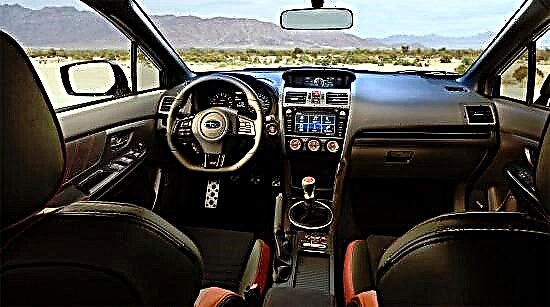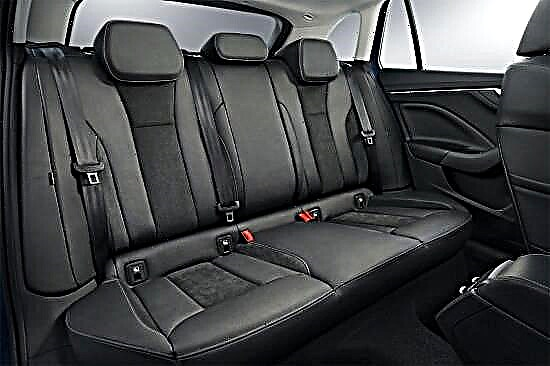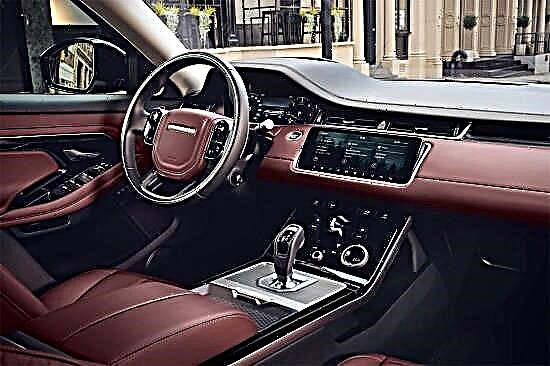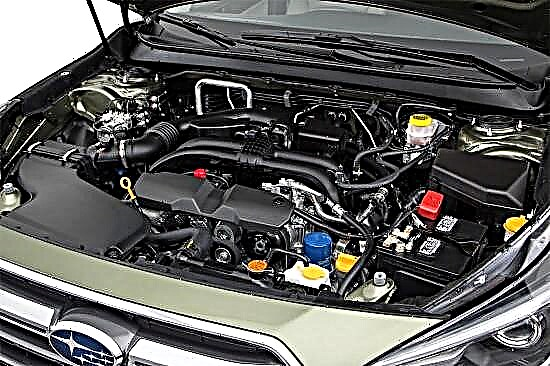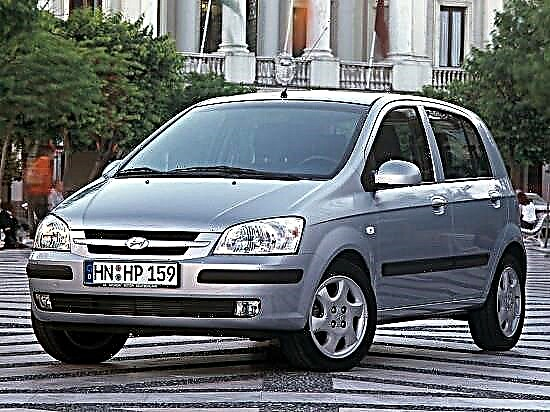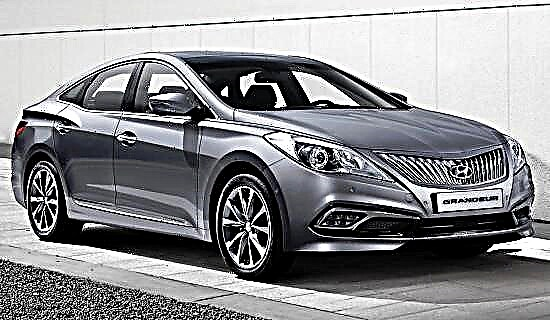The second generation Toyota RAV4 crossover first flashed in 2000 in two body solutions at once - short and elongated. Compared to its predecessor, the car has radically changed externally and internally, and also received a new line of power units.


In 2003, "Japanese rafik" underwent a planned update, as a result of which the exterior and interior design underwent adjustments, after which it was mass-produced until 2005 - then the third generation model was released.


The "second" Toyota RAV4 was presented in two versions - three-door and five-door. Depending on the body type, the length of the crossover ranges from 3850 to 4245 mm, height - from 1670 to 1680 mm, width - from 1765 to 1785 mm. The short-wheelbase version of the car has a distance of 2280 mm between the axles, the elongated version is 210 mm more. Under the bottom, a gap of 200 mm can be seen.

The second generation RAV4 crossover was equipped with three atmospheric gasoline "fours" with a volume of 1.8 to 2.4 liters, in the arsenal of which there are from 125 to 167 horsepower and from 161 to 224 Nm of torque.
There was also a four-cylinder 2.0-liter turbodiesel, developing 116 "horses" and 250 Nm of peak thrust.
The engines worked in tandem with a 5-speed "mechanics", a 4-band "automatic" or a continuously variable variator.
The drive was offered both front and full with a constant distribution of torque between the axles in a 50:50 ratio.
The structural component of the car is as follows: monocoque body, fully independent suspension (McPherson struts at the front and trailing arms at the rear) and hydraulic power steering. Disc brakes on each of the four wheels (front ones are ventilated), there are ABS, EBD and VSC technologies.
The "second" Toyota RAV4 is widespread on Russian roads, so its main advantages and disadvantages are well studied. The first include a reliable design, a high level of maintainability, inexpensive maintenance, acceptable dynamics and efficiency, a roomy interior and good maneuverability. The second - poor sound insulation of the interior space, cheap materials in the interior trim and low corrosion resistance of the body.

